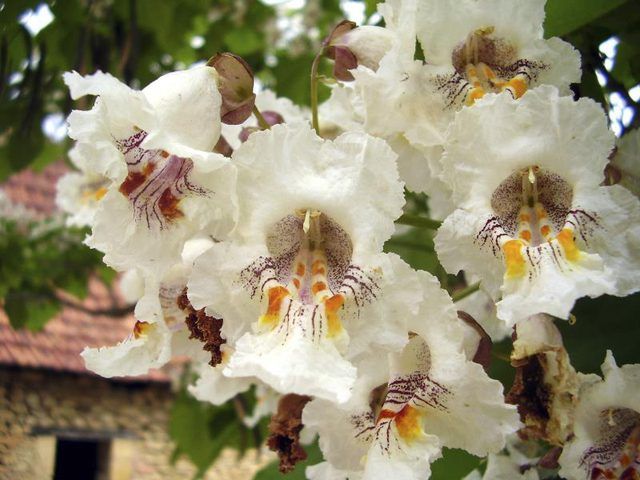Bulbs
Flower Basics
Flower Beds & Specialty Gardens
Flower Garden
Garden Furniture
Garden Gnomes
Garden Seeds
Garden Sheds
Garden Statues
Garden Tools & Supplies
Gardening Basics
Green & Organic
Groundcovers & Vines
Growing Annuals
Growing Basil
Growing Beans
Growing Berries
Growing Blueberries
Growing Cactus
Growing Corn
Growing Cotton
Growing Edibles
Growing Flowers
Growing Garlic
Growing Grapes
Growing Grass
Growing Herbs
Growing Jasmine
Growing Mint
Growing Mushrooms
Orchids
Growing Peanuts
Growing Perennials
Growing Plants
Growing Rosemary
Growing Roses
Growing Strawberries
Growing Sunflowers
Growing Thyme
Growing Tomatoes
Growing Tulips
Growing Vegetables
Herb Basics
Herb Garden
Indoor Growing
Landscaping Basics
Landscaping Patios
Landscaping Plants
Landscaping Shrubs
Landscaping Trees
Landscaping Walks & Pathways
Lawn Basics
Lawn Maintenance
Lawn Mowers
Lawn Ornaments
Lawn Planting
Lawn Tools
Outdoor Growing
Overall Landscape Planning
Pests, Weeds & Problems
Plant Basics
Rock Garden
Rose Garden
Shrubs
Soil
Specialty Gardens
Trees
Vegetable Garden
Yard Maintenance
Facts on the Catalpa Tree
Facts on the Catalpa Tree. Southern or common catalpa (Catalpa bignonioides) and northern or western catalpa (Catalpa speciosa) are fast-growing, hardy, deciduous trees that have similar appearances but some different cultural needs and problems. Both kinds of catalpa share an open growth form; their branches spread horizontally with some open...

Southern or common catalpa (Catalpa bignonioides) and northern or western catalpa (Catalpa speciosa) are fast-growing, hardy, deciduous trees that have similar appearances but some different cultural needs and problems. Both kinds of catalpa share an open growth form; their branches spread horizontally with some open space between the branches. They also both have irregularly shaped crowns and similar flowers and leaves.
Distinctive Flowers and Leaves
Catalpas have wide, heart-shaped leaves that are 8 to 12 inches long and grow in whorls around the end of a stem. The trees' white flowers are trumpet-shaped with ruffled edges and grow about 2 inches long with yellow or orange markings and purple spots near the centers. Taken together, the flowers and leaves give the trees a tropical appearance and a dense shade canopy when the flowers bloom in late spring and early summer.
Similar Culture Requirements
Although catalpa trees do well in moist, well-drained soil, they tolerate different soil types. Both catalpa species thrive with moderate to regular watering, with a deep soaking every two to three weeks or once each week in warm weather. Northern catalpa thrives in full sun in U.S. Department of Agriculture plant hardiness zones 4 through 8 while southern catalpa grows best in either full sun or light shade in USDA zones 6 through 10.
Variations in Height and Shape
Southern catalpa typically grows 25 to 50 feet tall with an equal spread while northern catalpa reaches about 40 to 70 feet with a more rounded crown of leaves. A few varieties of southern catalpa have different growth patterns. For example, the dwarf variety "Nana" (Catalpa bignonioides "Nana") has a globe shape, is dense with leaves and reaches 6 to 10 feet tall and 5 feet wide.
Problem Areas
Catalpas have an abundance of litter, with northern catalpa the bigger culprit because it is larger than southern catalpa. After the blossoms fade and drop to the ground, the 8- to 20-inch-long seedpods eventually drop as well, along with leaves. Northern catalpa is invasive, easily sprouting from seeds in both urban and woodland areas. Both species harbor catalpa worms, or caterpillars, which damage leaves periodically throughout the growing season.